TLDR;
Autism can be understood as a condition where excess, unintegrated synaptic connections create overstimulation, disconnection, and impaired adaptability in neural networks.
Vaccines induce prolonged, repeated cytokine storms in extremely vulnerable brains -- the brain becomes so electrified that neuronal pathways are formed from trauma, just to keep the brain functioning, rather than grown over time through experience.
These vaccine induced traumas produce neurons which are extremely "over-connected" but not functionally integrated in any meaningful way -- they are not a product of experience or understanding, they are survival responses.
Autism is a trauma to the brain’s ability to create functional networks. The excessive, unstructured dendritic spines lead to overstimulation, disconnection, and difficulty forming effective new networks, making it harder for individuals to adapt, learn flexibly, and filter sensory input.
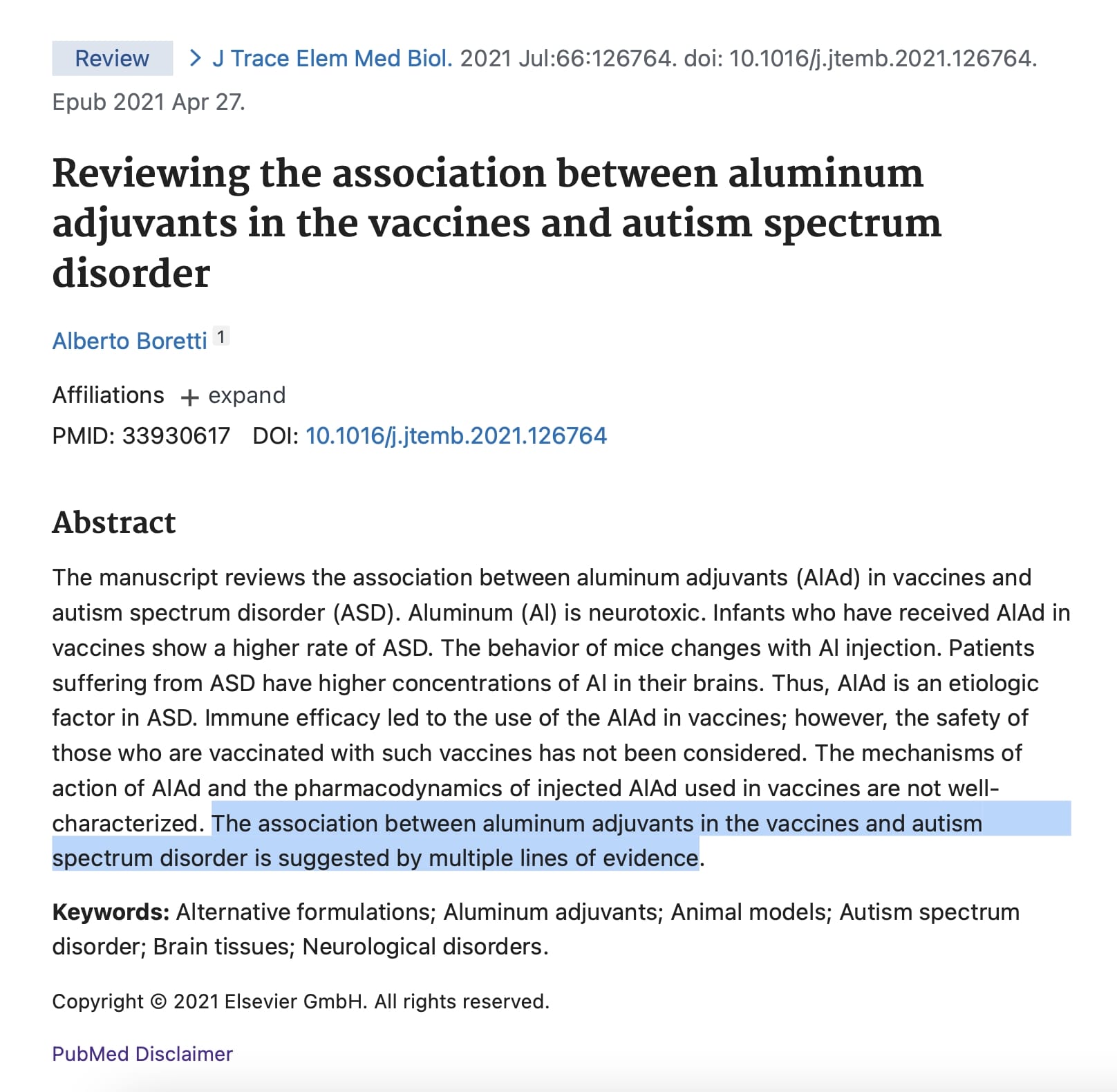
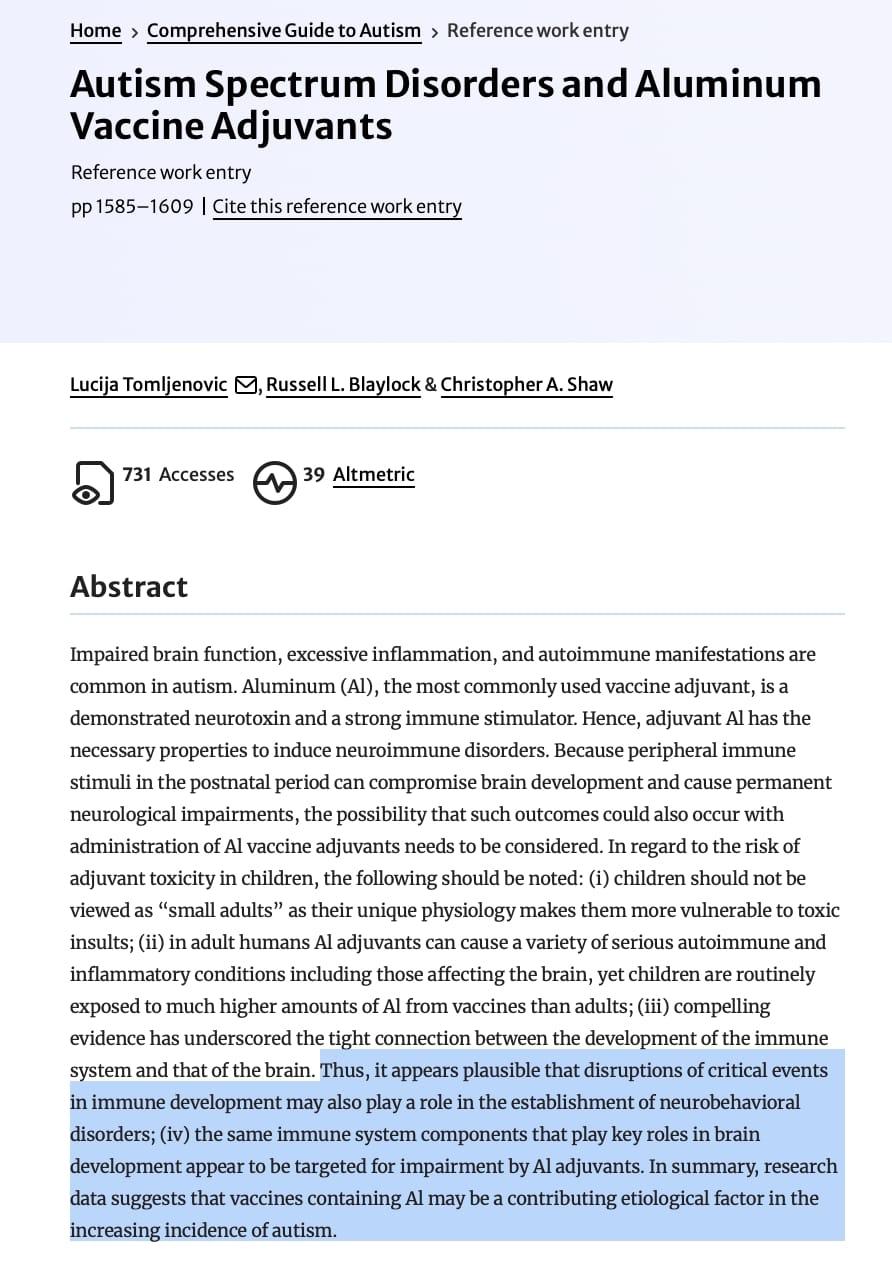
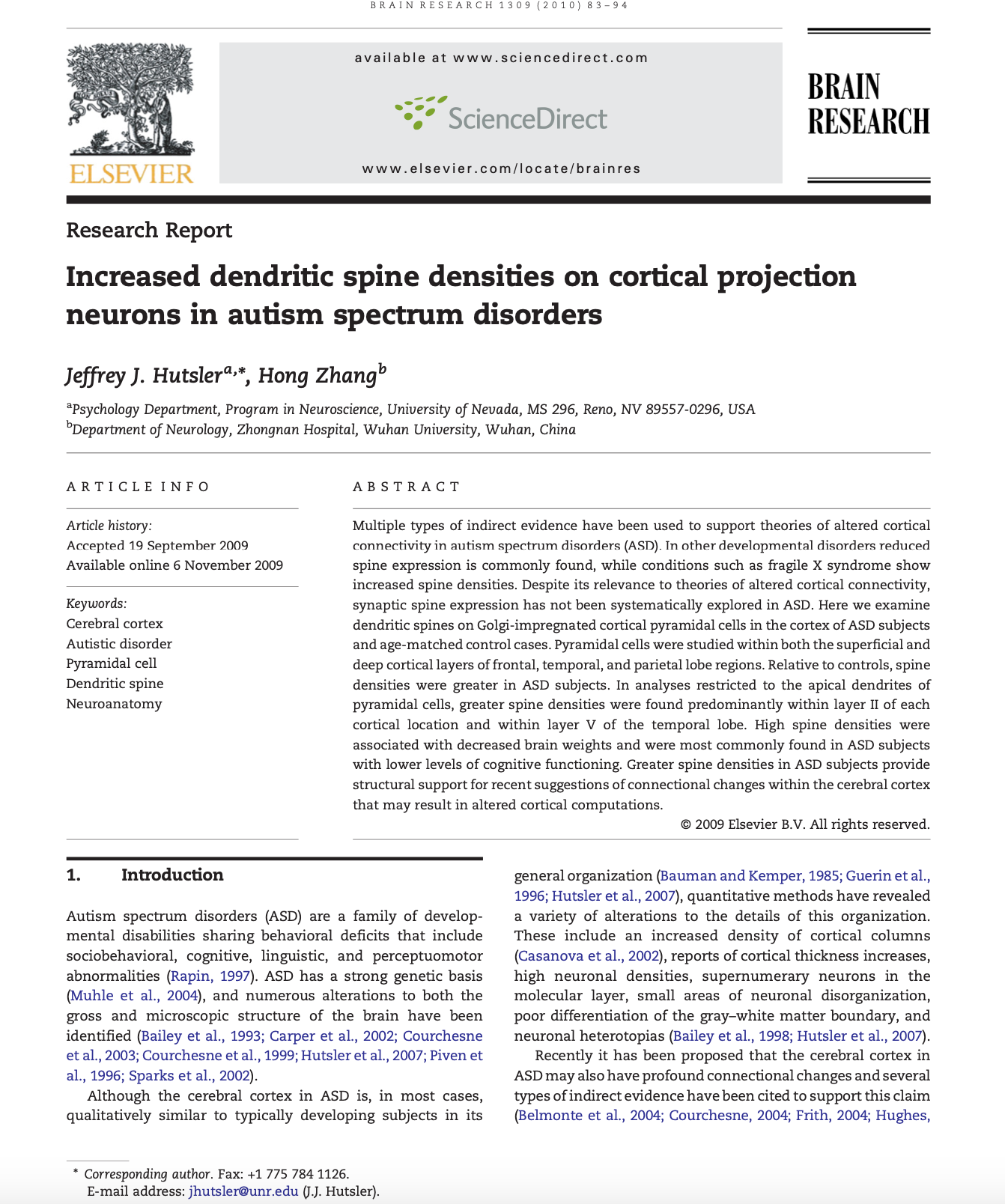
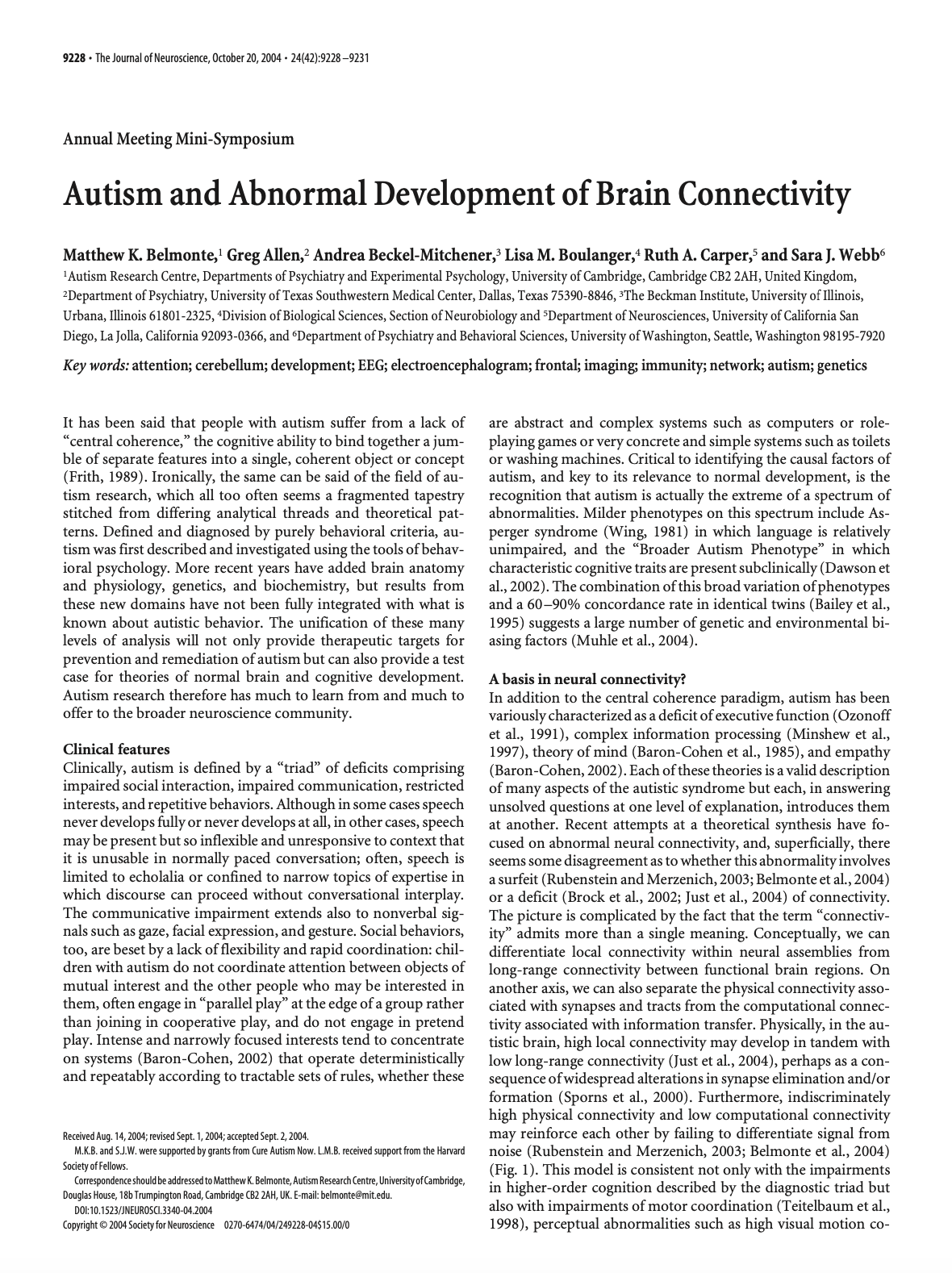
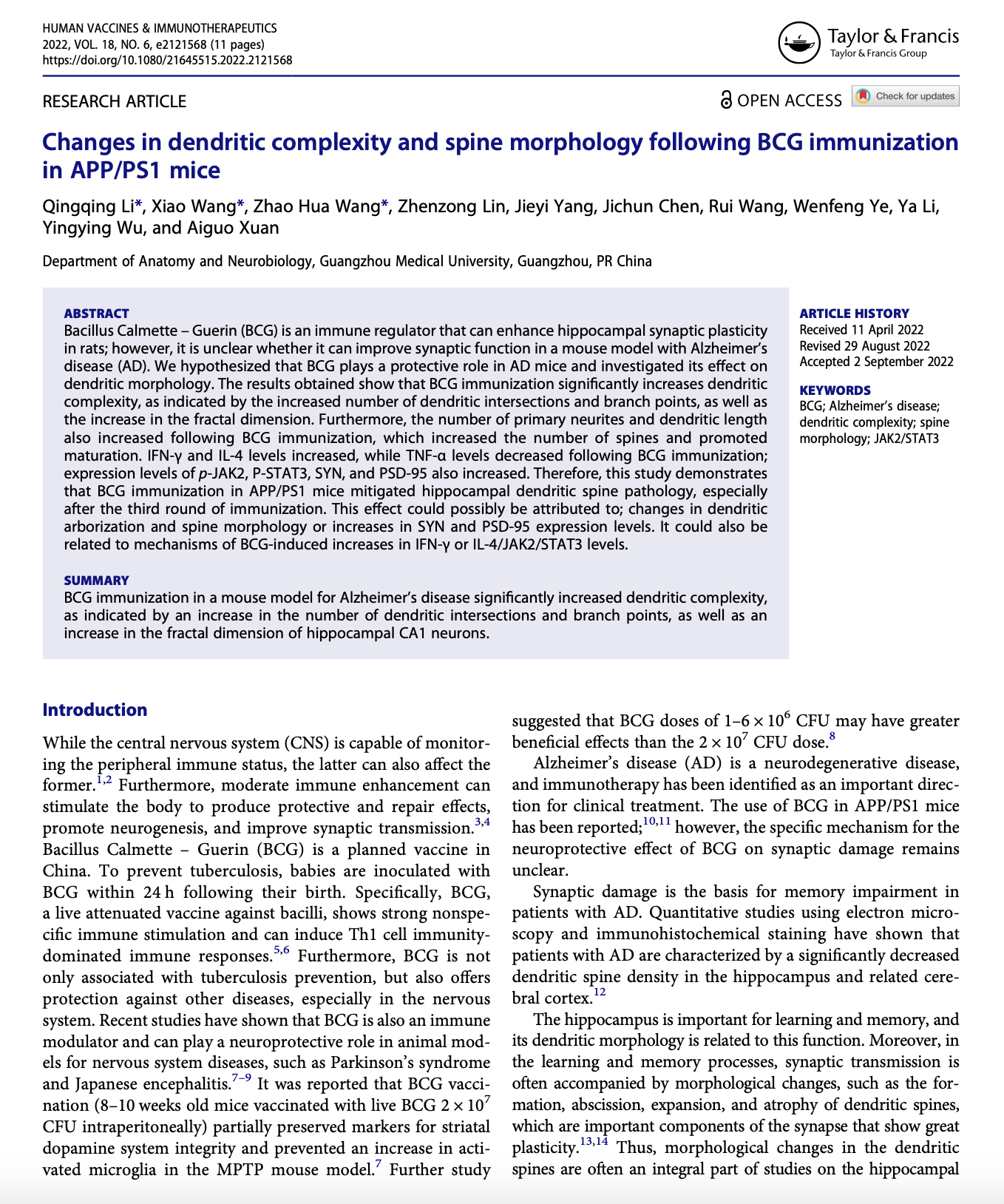
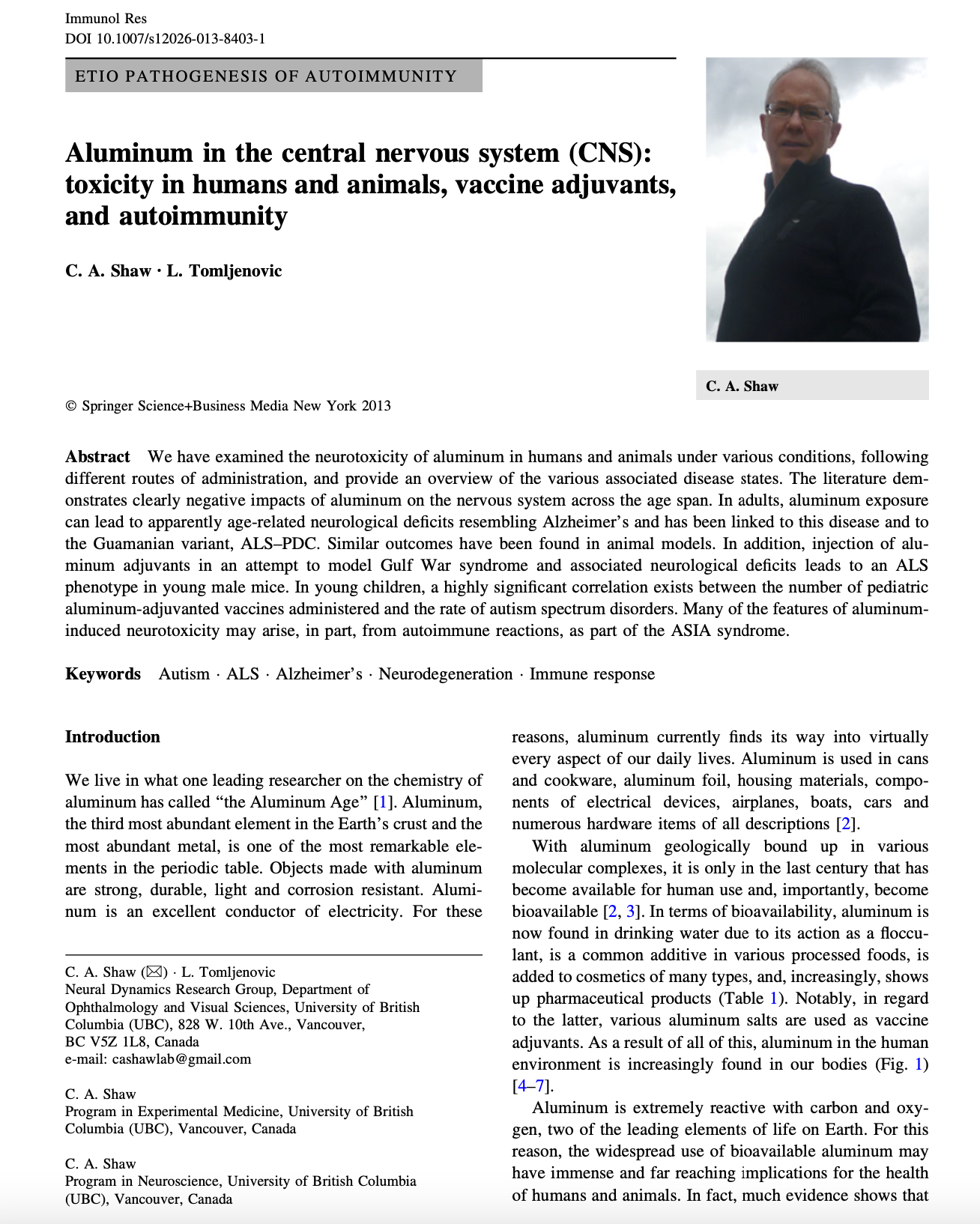
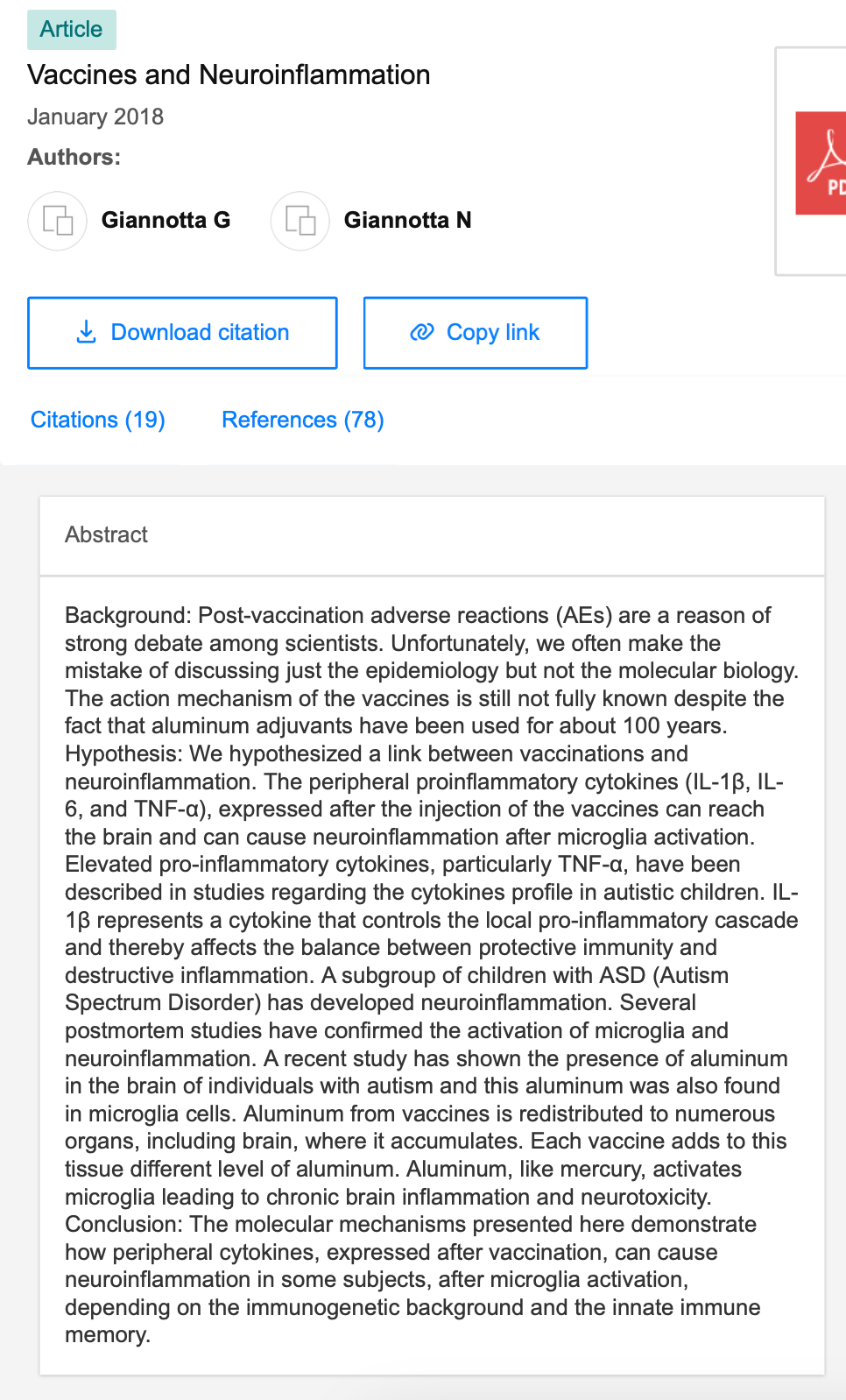
Part One: How the Brain Works, What Thoughts Are and How Neuronal Pathways Form
Neurons make up about 10 to 20% of the cells in our brain, but they are the most vital players in connecting past information to current perception. They are the information highways and roads that store every perception and overtime decide whether this perception is of value or can be paved over.
We tend to think of our brains as a library archive of all of our thoughts, but that is not the reality. Our neuronal networks function as perception recorders, they are constantly making hierarchies of every perception from every cell in our body. Its like we are recording every musical note we hear first - first we have to collect all the notes, and while were collecting, were putting them in order by comparing one to another.
Once we have built this library of musical notes and made sense of their meaning to us from their context within our existing library, THEN we can begin to build upon this framework to layer in more complexity. We like this note when we hear it in this song, but not when it's followed by this note or played too fast or too slow.
We begin to get a sense of what sounds right to us. What we like to hear and what we are comfortable listening to. Then we begin to make music, and we make the music that we know and enjoy. But as we continue to make this music, we grow aware of how this music makes others feel, how it sounds in concert with the people outside of our immediate family.
We soon discover we actually have the ability to write any music, we can combine any notes we want and we can choose not to sing notes even if we sang them our whole lives. We begin to understand that were not locked into the music we were first taught and we don't have to keeping singing the songs we grew up singing.
All of this is the result of constant, ever growing neural pathways being made in the brain. These pathways are extremely charged with electricity, as they're paved with neurons which are the most electrically active cells in the body. They are constantly receiving signals and flowing the charge of every signal to an existing pathway to be strengthened and expanded, or they create new pathways.
These new pathways will eventually be expanded into the greater network, or they will be forgotten about – just depending on how frequently that exact electrical charge is encountered.
Every other cell in the brain functions as an absorber or excess charge, or an insulator. The majority of the brain is just extreme insulation, ensuring that each individual pathway is capable of being uniquely perceived and simultaneously made sense out of through its connections.
Part Two: Why Are Newborn and Infant Brains At Such Extreme Risk of Damage?
Now in babies and newborns, these pathways are growing like CRAZY. By the time a baby is born, all the neurons in the brain are formed - but they are not yet differentiated into unique pathways. These neurons exist throughout the brain, but they aren't yet connected with each other in a way that makes any sense. This process of neurons connecting into pathways is called synaptogenesis and it EXPLODES after birth.
As the neurons begin to form into pathways, they become myelinated, meaning they get covered with extra insulation so that they can communicate more instantaneously without interfering with one another. This myelin sheath allows billions of neurons to be in constantly, instantaneous conversation with one another without crossing any wires and blowing a fuse.
From immediately after birth to the age of 4, the brain is in the most crucial and exponential growth period of its entire existence. This is the most critical period for forming neural pathways related to language, motor skills, sensory processing, and cognitive functions.
During this time period, synaptic density in some brain regions is twice that of adults due to excess synapse formation. What it perceives and experiences during this time period will shape it for life. And what scars it during this time period can also scar it for life. This is when the brain is most vulnerable to trauma, toxins – all which can permanently alter brain architecture.
Here is what is most important to understand about baby's brains: they are by no means fragile, in fact they are extremely resistant to damage. Because they are absorbing so much information so quickly, it's actually hard to inflict long-term damage unless something is inflicting prolonged harm.
This is why most febrile seizures are seen as non-concerning, because any damage that occurs during the seizure can usually be mitigated after the fact by the extremely fast growing brain.
Be sure to read the post on fevers and shaken baby syndrome, as they highlight the shocking durability of the infant body and brain.
In order for long-term, lasting, permeant damage to occur to a babies brain such that their ability to engage with and understand the world to the fullest is irreparable harmed, something must be inflicted. Not a virus, not a cold, not a fever – humans have lived for hundreds of thousands of years, if viruses and colds caused autism then it would have existed in medical literature before 1900.
Autism isn't a product of something just going wrong in the body, it's not a random occurance. It is an infliction. And we should be dead set on figuring out what is inflicting it rather than continuing to normalize it as if being unable to experience, communicate and enjoy the earth and everything on it is something to celebrate.
Part Three: Neuronal Trauma and Dendritic Spines
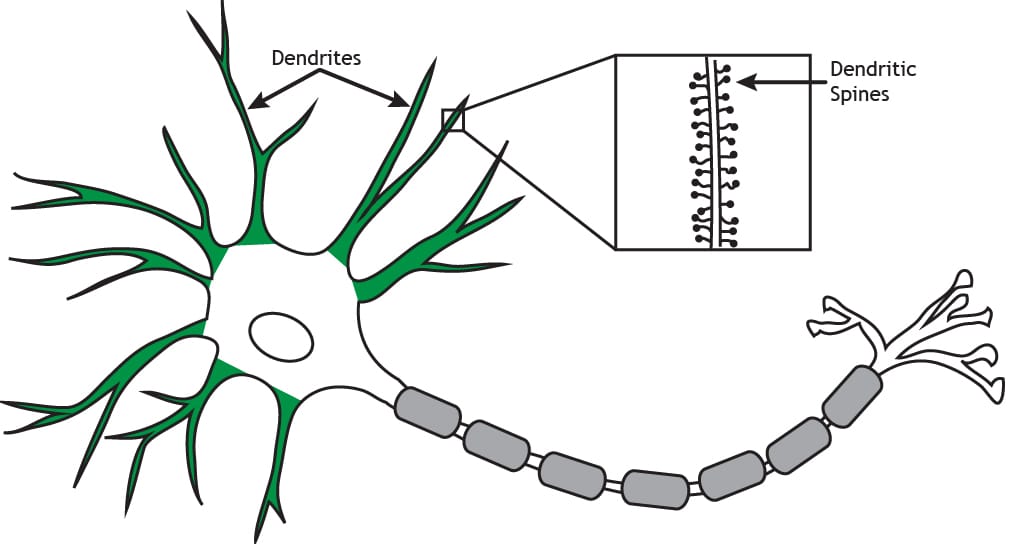
The majority of excitatory synapses in the brain exist on dendritic spines. A dendritic spine is a highly localized region of electromagnetic resonance on a neuron’s receptive surface, functioning as a frequency-specific transduction site for incoming electric fields. It serves as a critical zone where oscillatory wave interactions align, allowing for:
- The formation of coherent electromagnetic pathways (synaptogenesis).
- Regulation of charge propagation and field coherence across neural circuits (synaptic regulation).
- Integration of patterned electromagnetic signals to shape memory and cognitive processing (cognition).
The density, shape, and connectivity of dendritic spines directly influence how information is processed in the brain.

Part Four: How Would Neuronal Damage in Infancy Cause Autism?
Autism can be understood as a condition where excess, unintegrated synaptic connections create overstimulation, disconnection, and impaired adaptability in neural networks. With autism, too many inputs are received at once, leading to a constant state of overstimulation. Disconnected synapses form chaotic networks, making it difficult for the brain to establish predictable, logical connections.
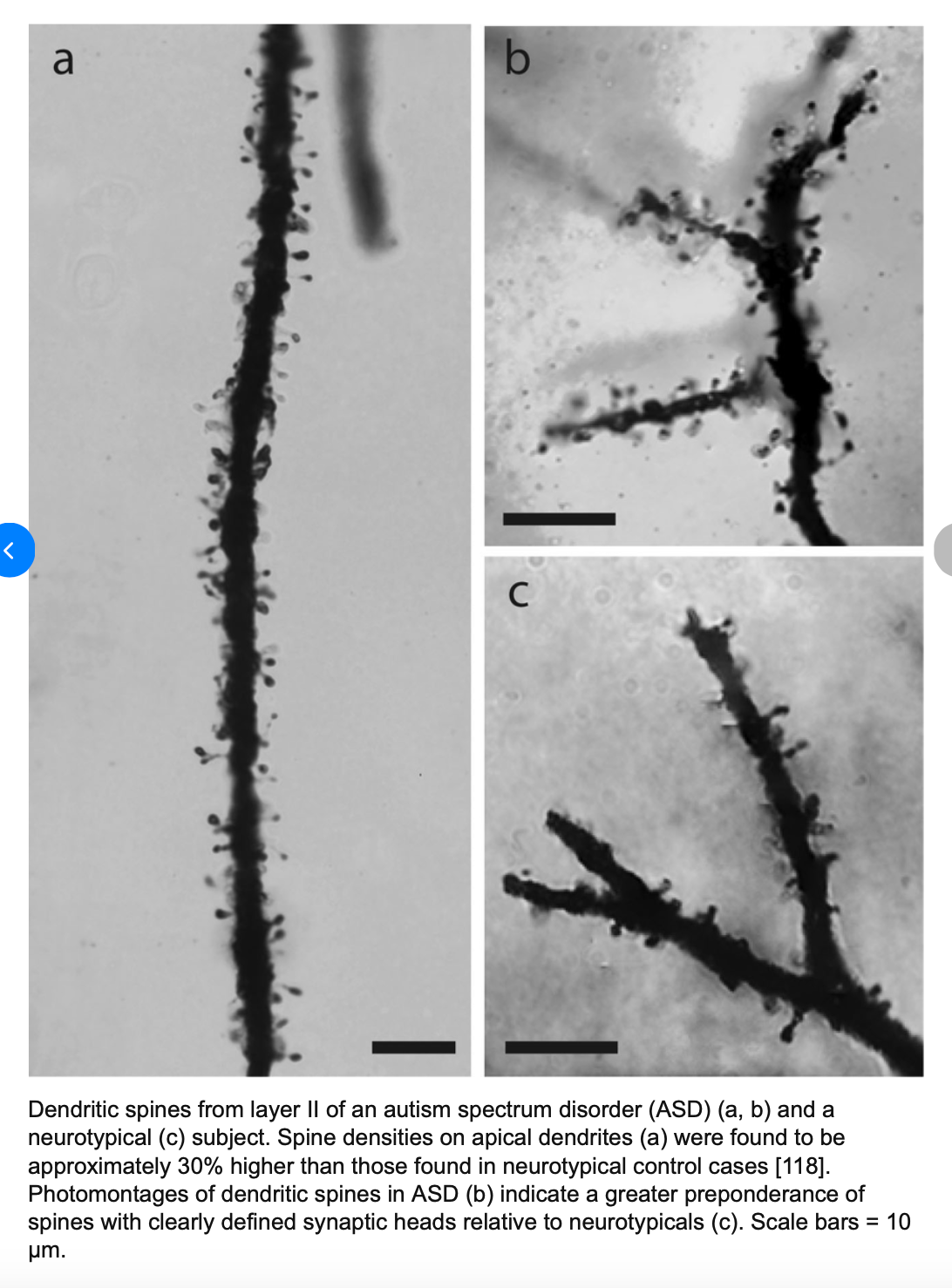
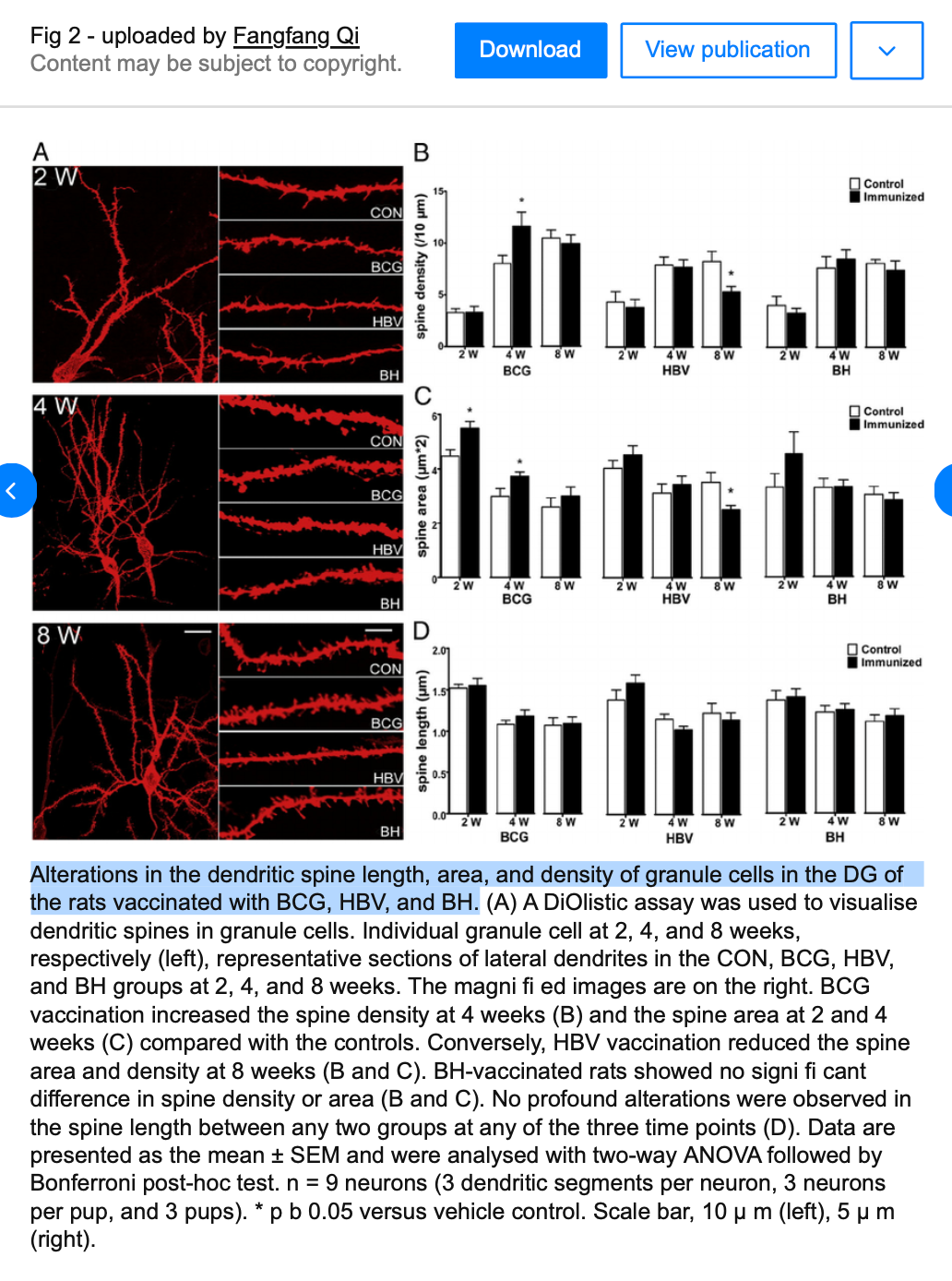
Ultimately the brain is unable to filter out irrelevant information, causing sensory overload and difficulty in focusing on meaningful stimuli in individuals diagnosed with autism.
But how do these symptoms occur? Research has shown that in autism:
• There is often excessive spine density, particularly in the prefrontal cortex and other sensory-processing areas.
• Many of these spines appear immature or dysfunctional, meaning they exist without strong or meaningful connections to other neurons.
• There is reduced synaptic pruning, meaning the natural process of removing weak or unnecessary connections is impaired, leading to hyperconnectivity without refinement.
A neuron covered in excess dendritic spines without functional connections creates a scenario where each neuron receives too much input without an efficient processing hierarchy, leading to fragmented or overwhelming experiences.
This means that instead of streamlining sensory data, the brain is flooded with excessive details, making it harder to form clear interpretations of the world. This causes new learning to beimpaired, as the brain struggles to integrate new experiences into existing, coherent networks.
Part Five: A Review of the Literature
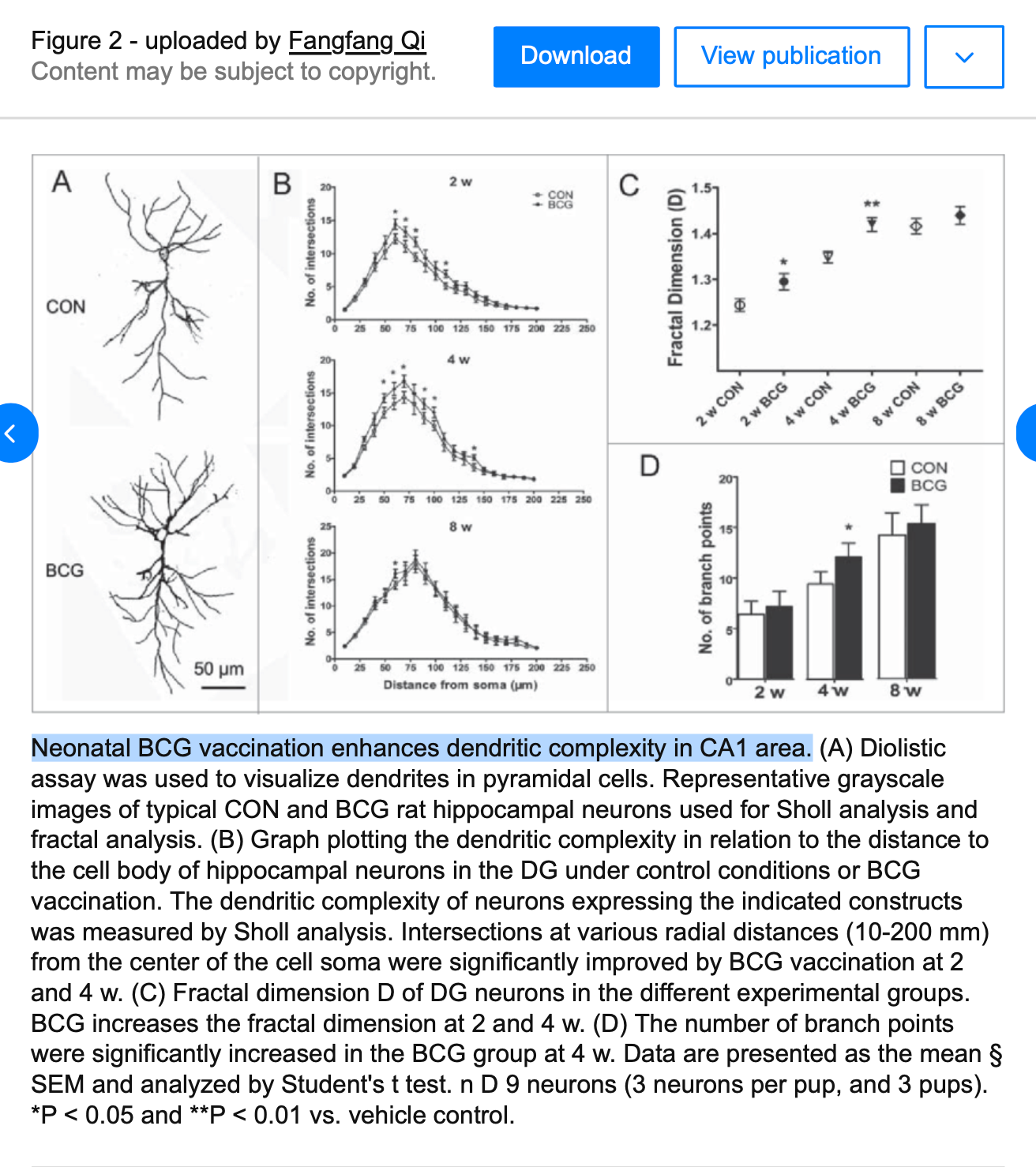
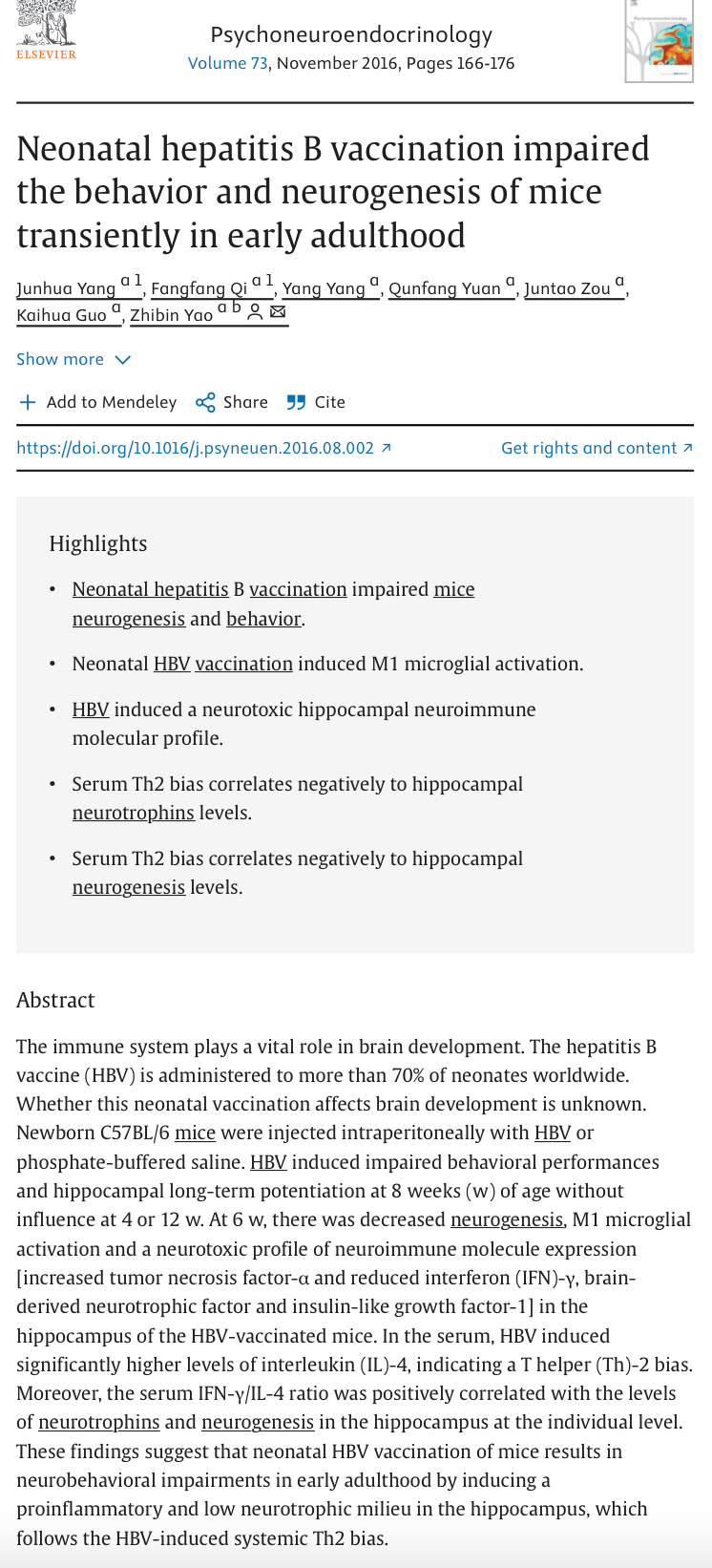
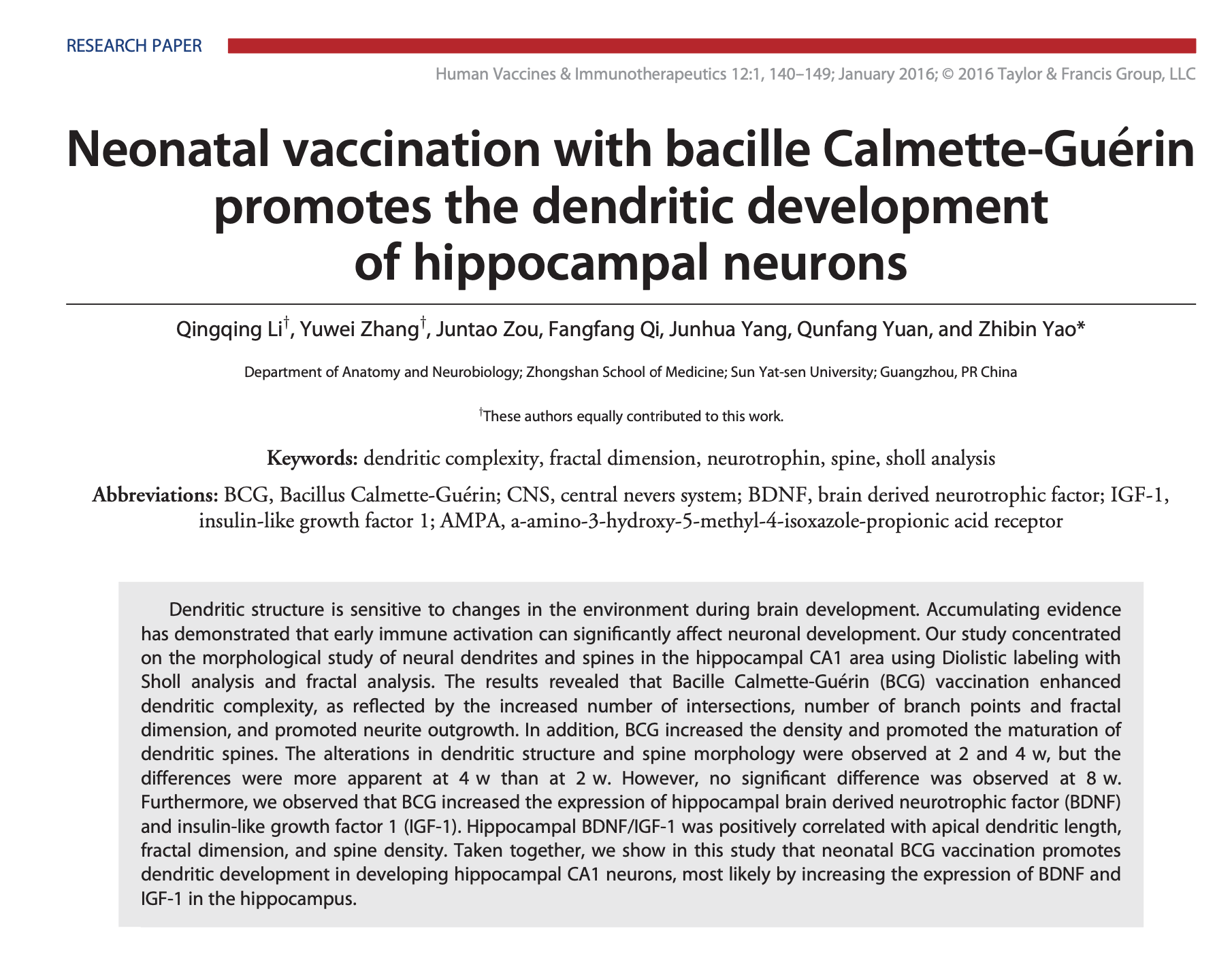
https://pmc.ncbi.nlm.nih.gov/articles/PMC4496332/pdf/nihms654300.pdf
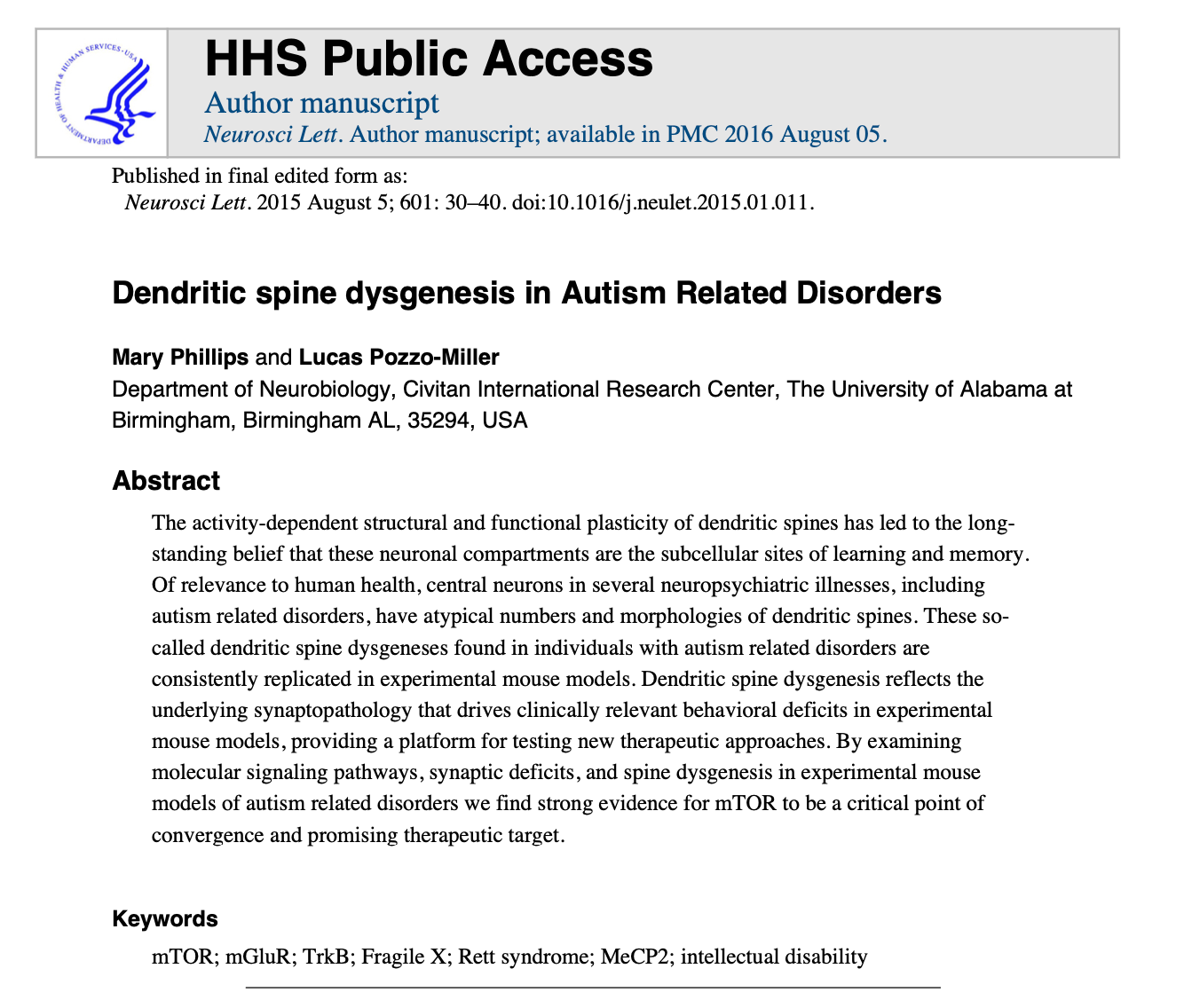
https://pmc.ncbi.nlm.nih.gov/articles/PMC5219951/pdf/nihms801717.pdf
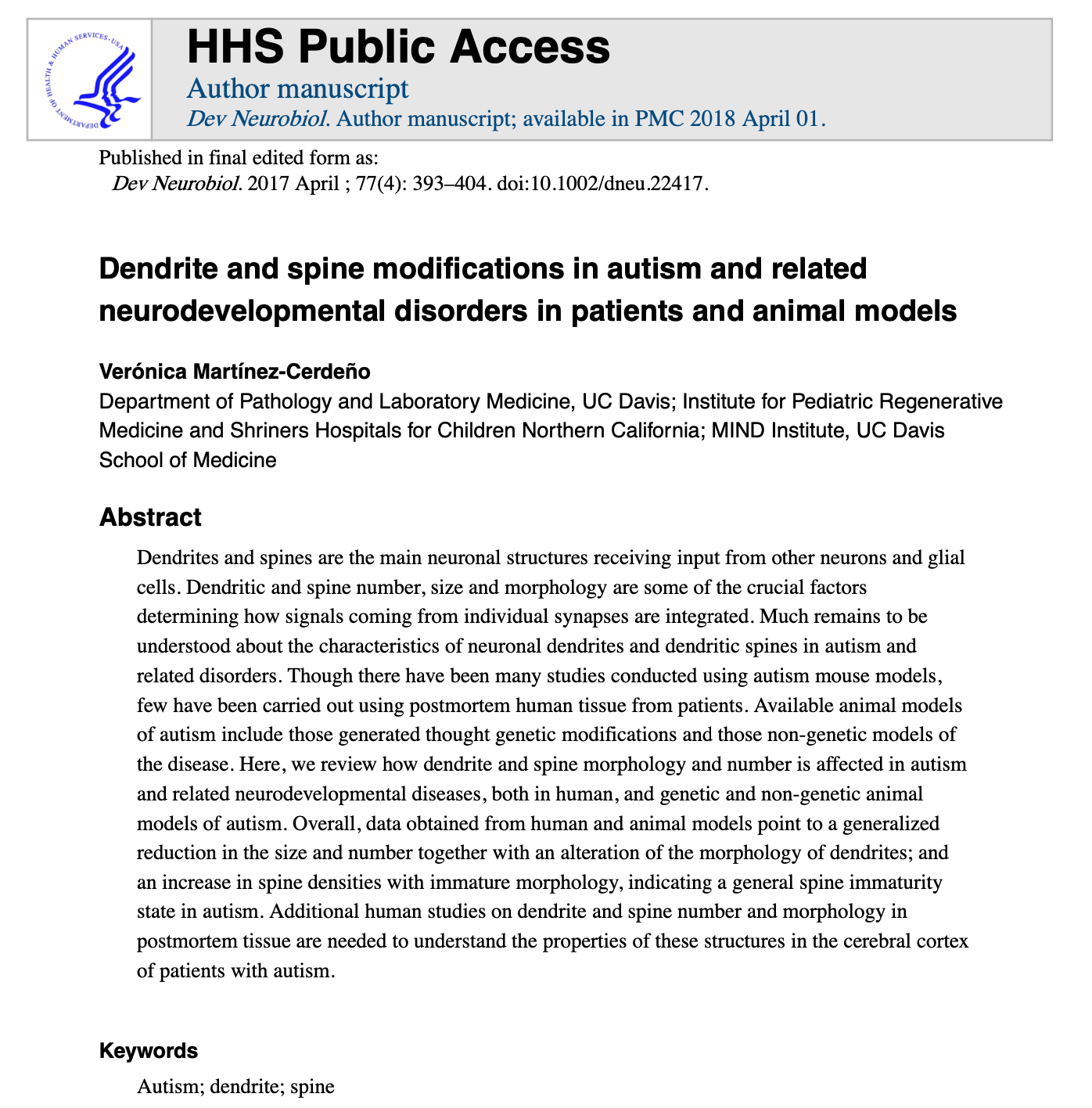
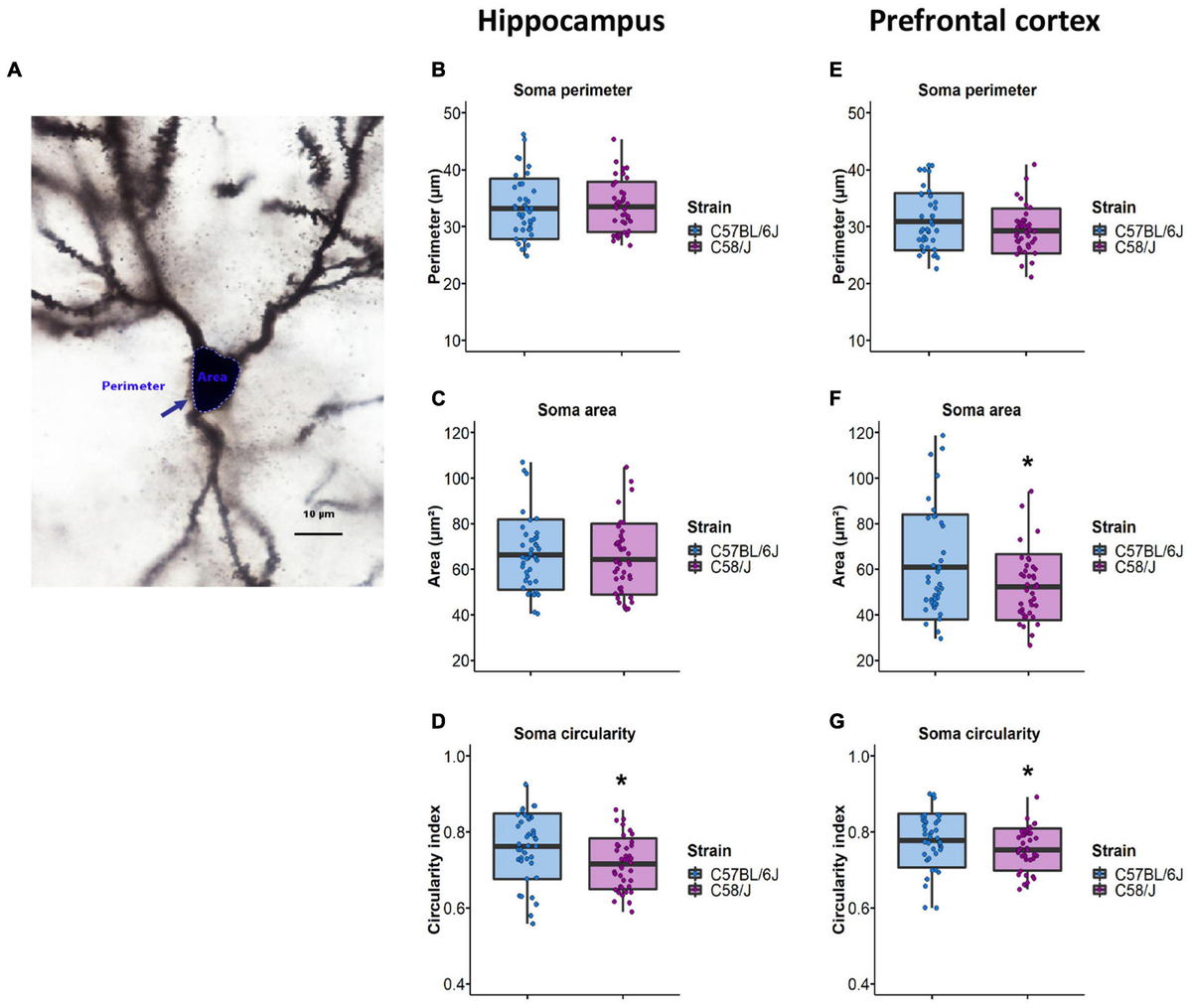

https://www.sciencedirect.com/science/article/abs/pii/S0006899309023117
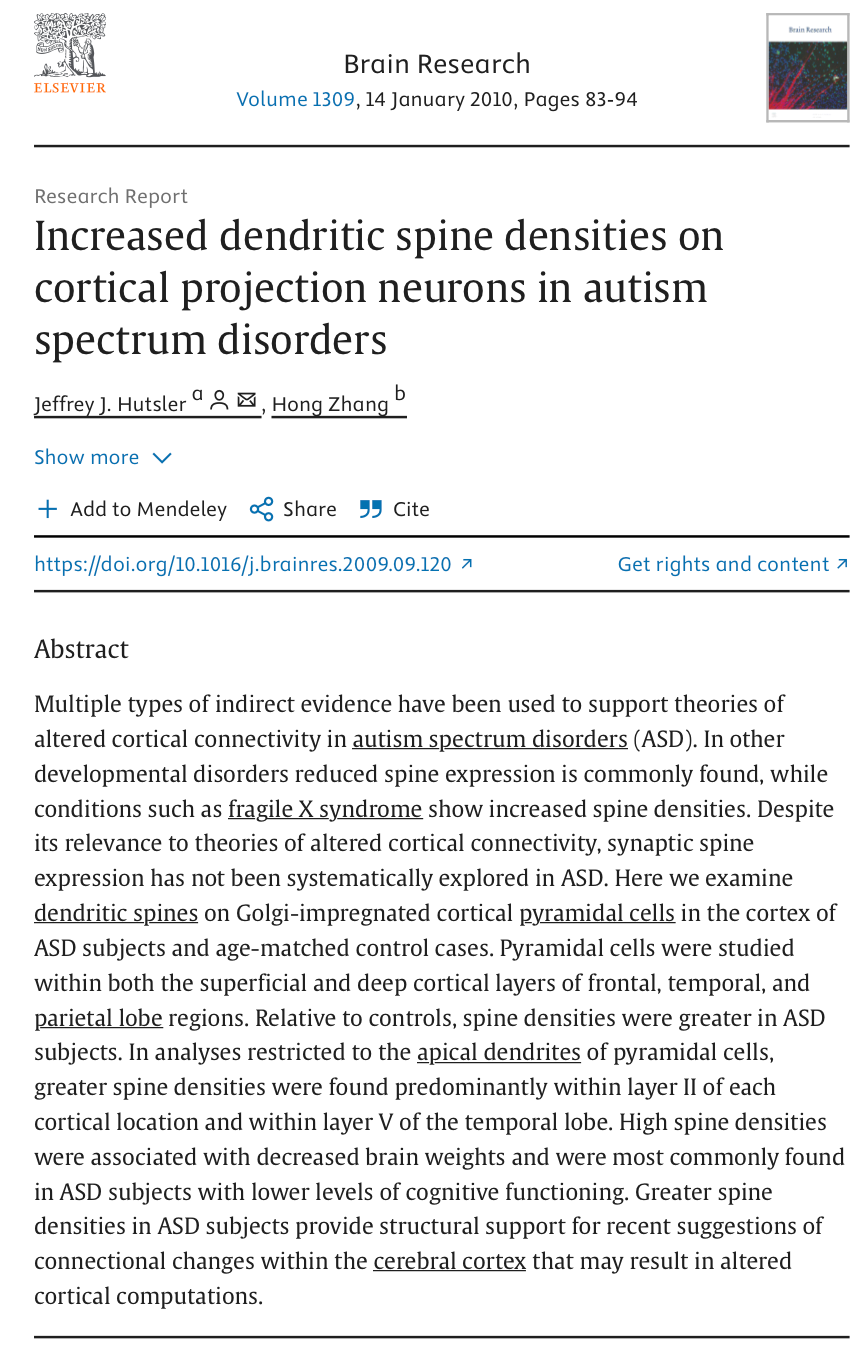
https://www.cell.com/neuron/fulltext/S0896-6273(14)00696-5
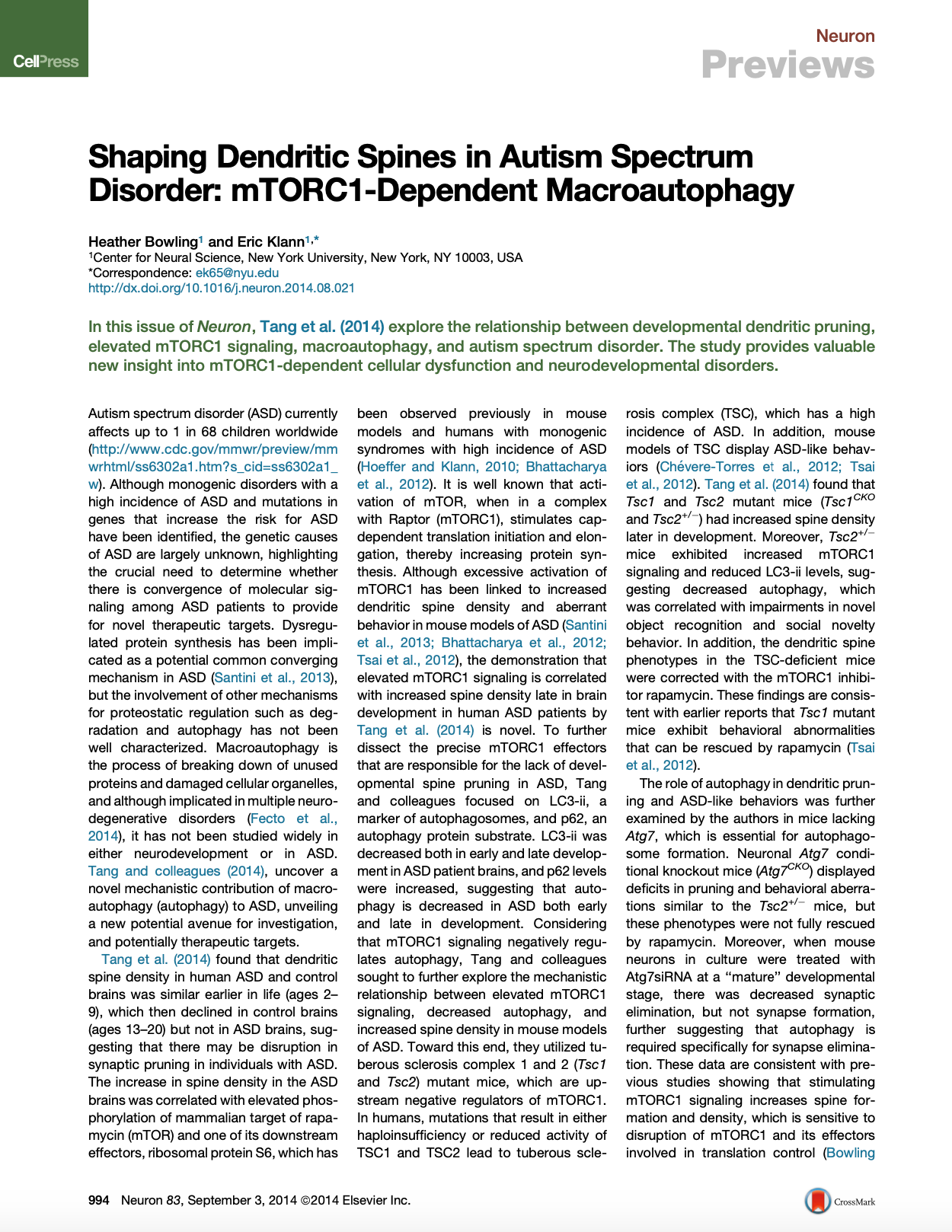
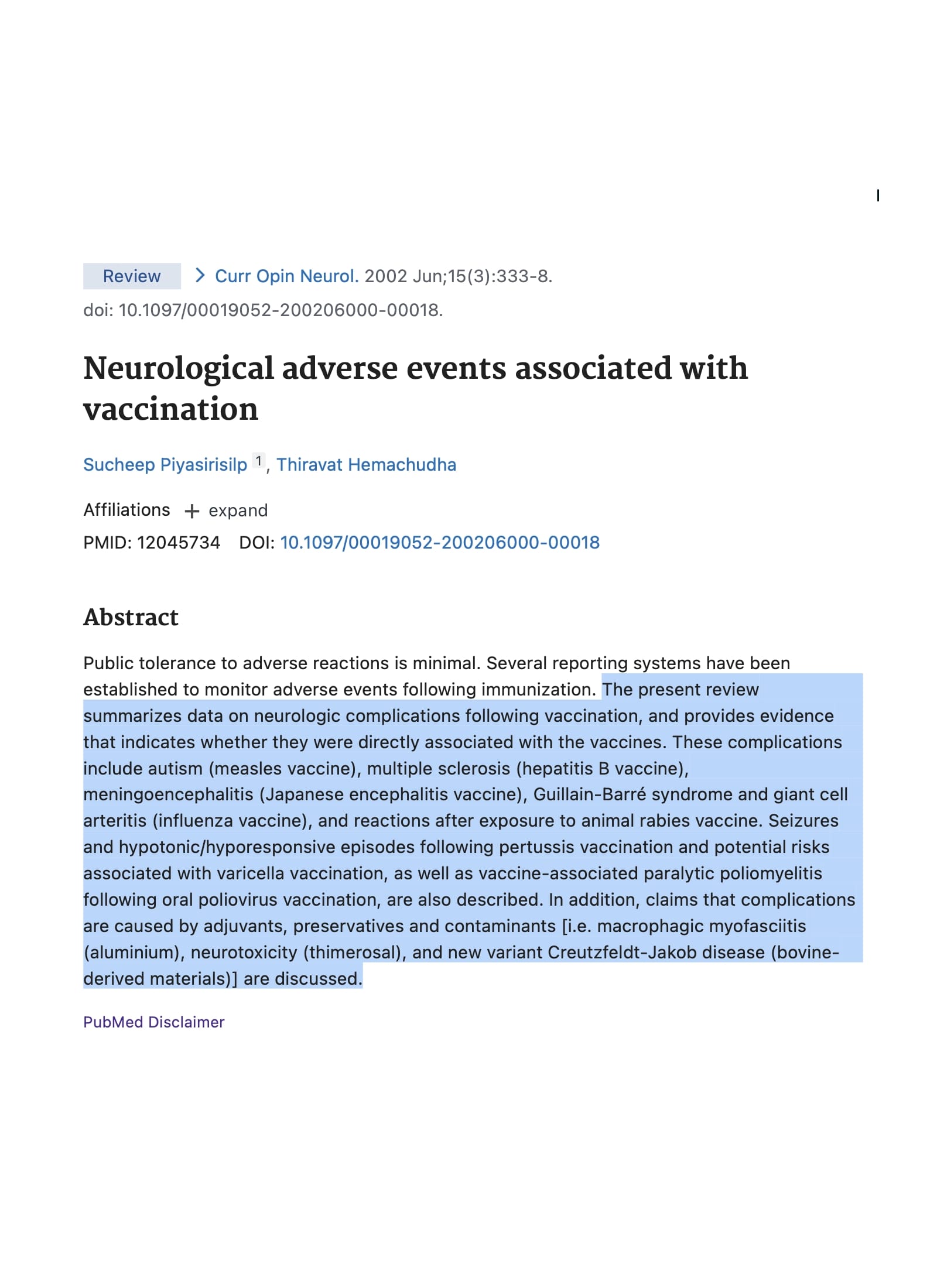
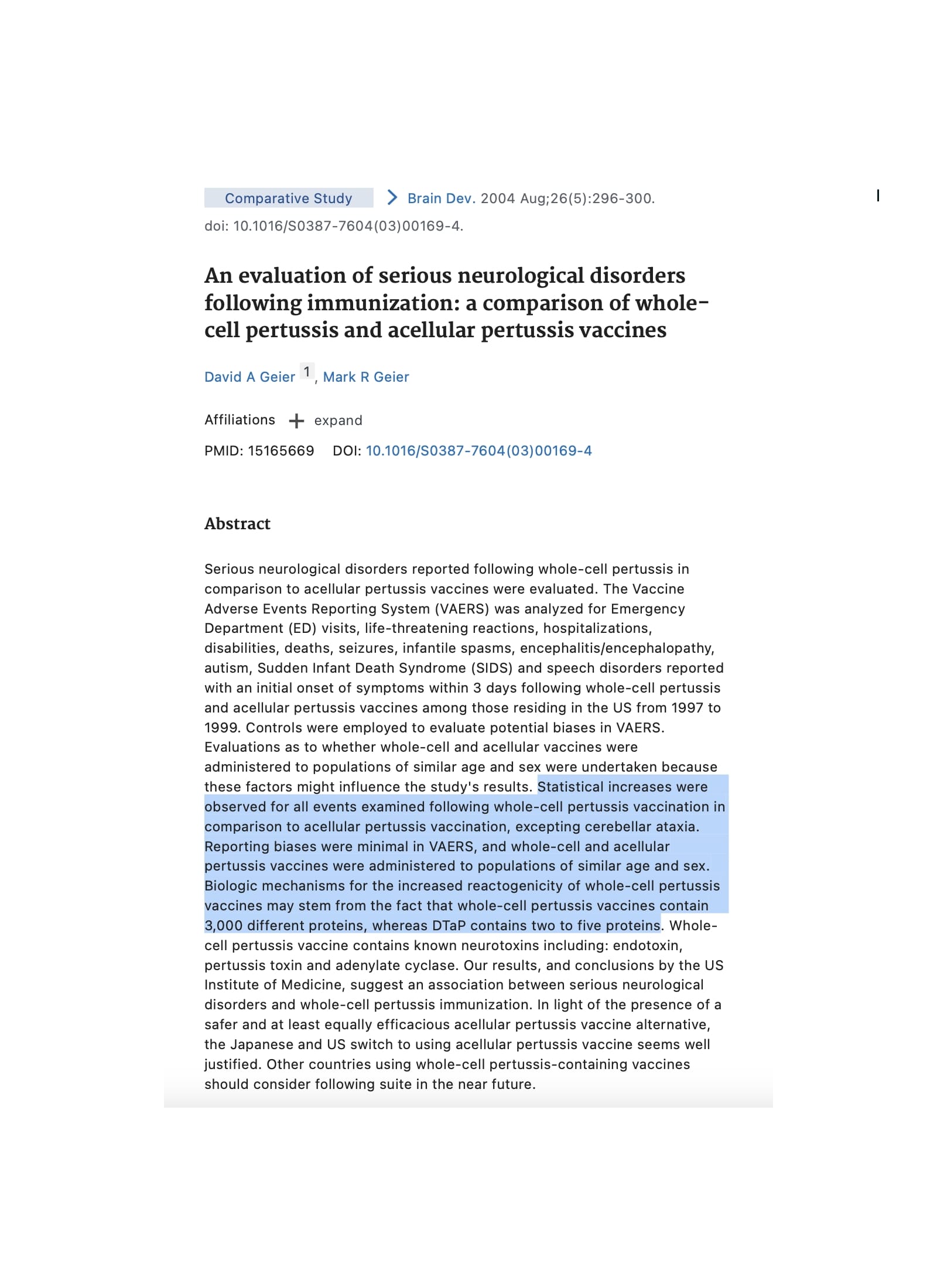
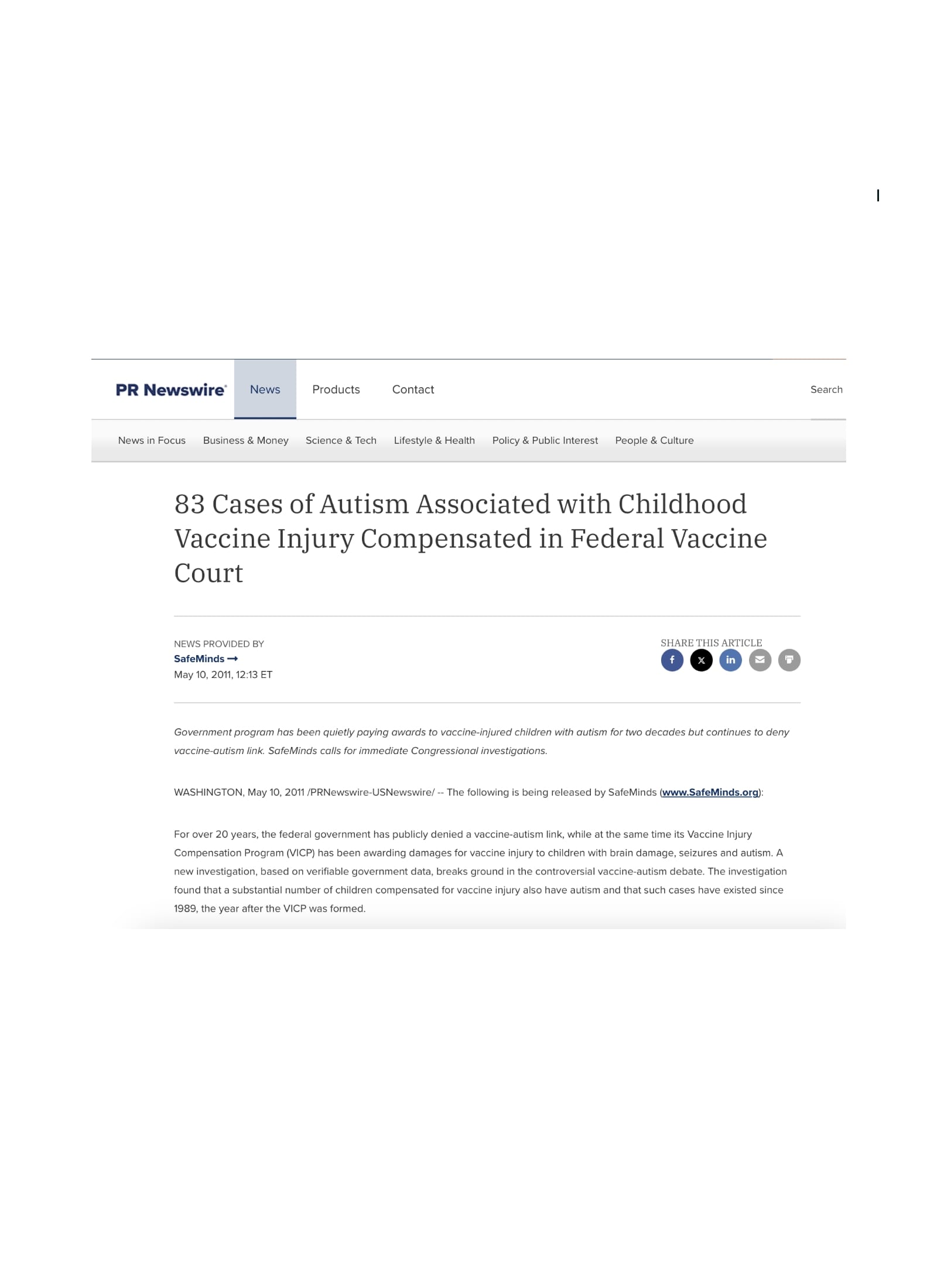
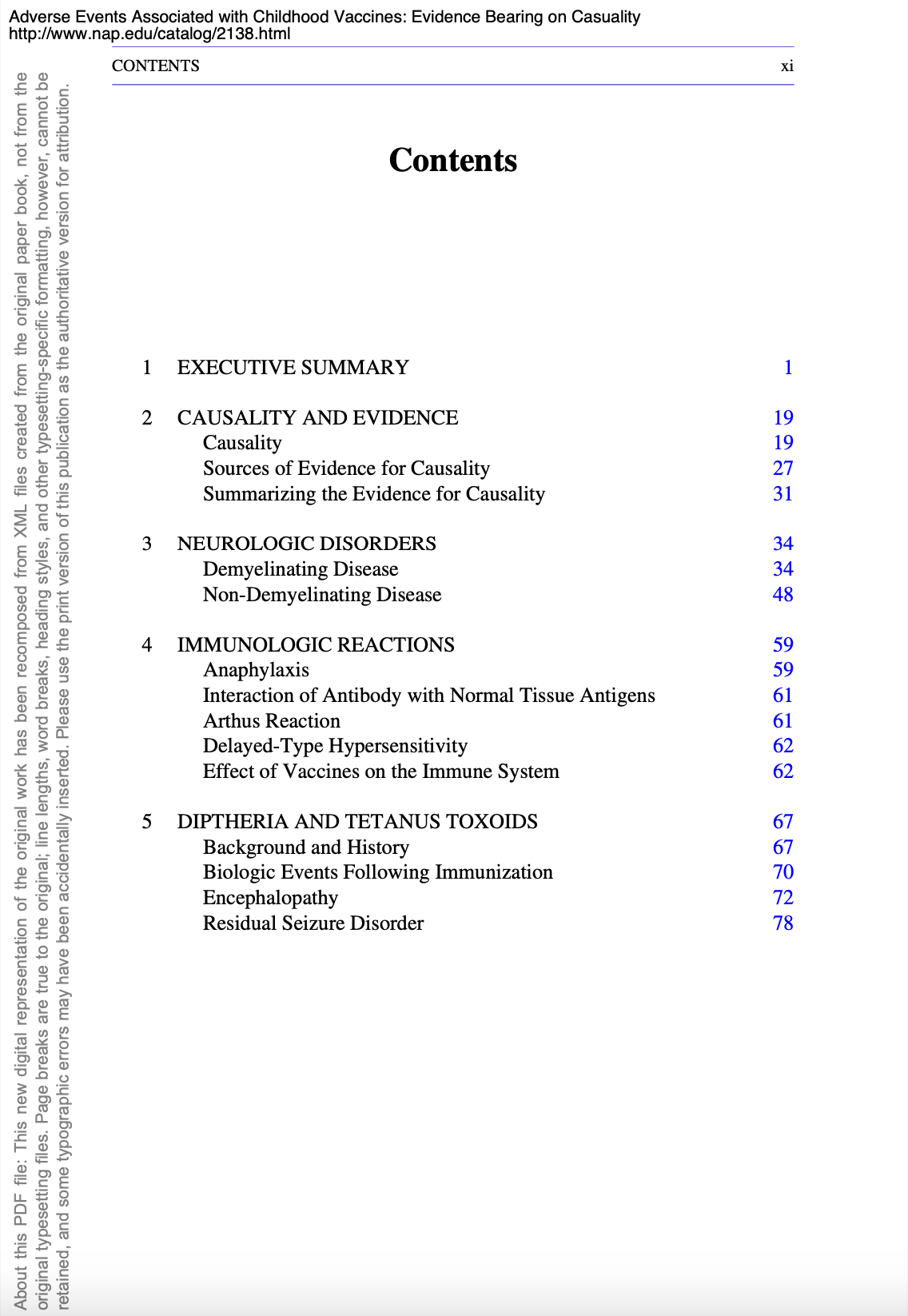
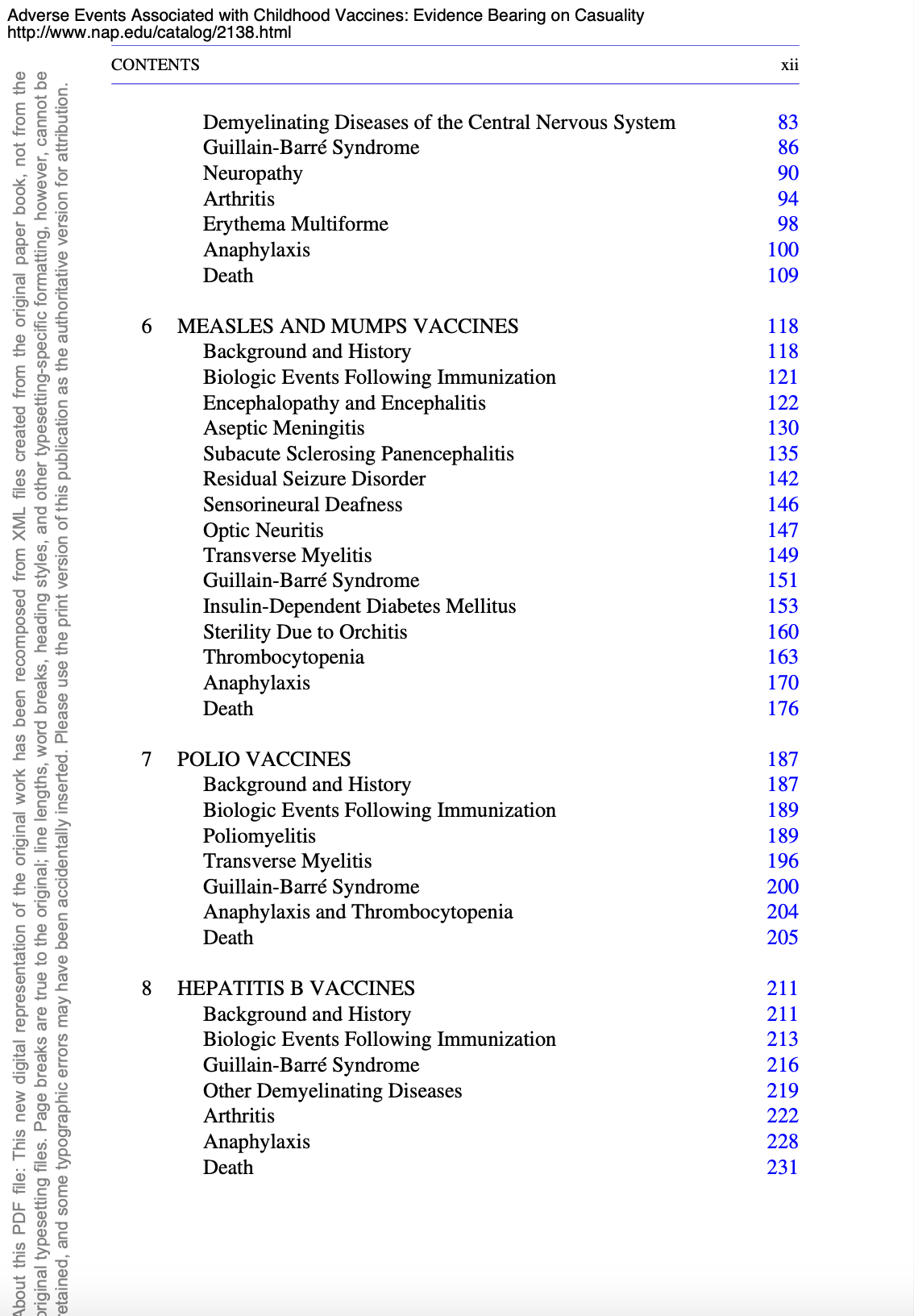



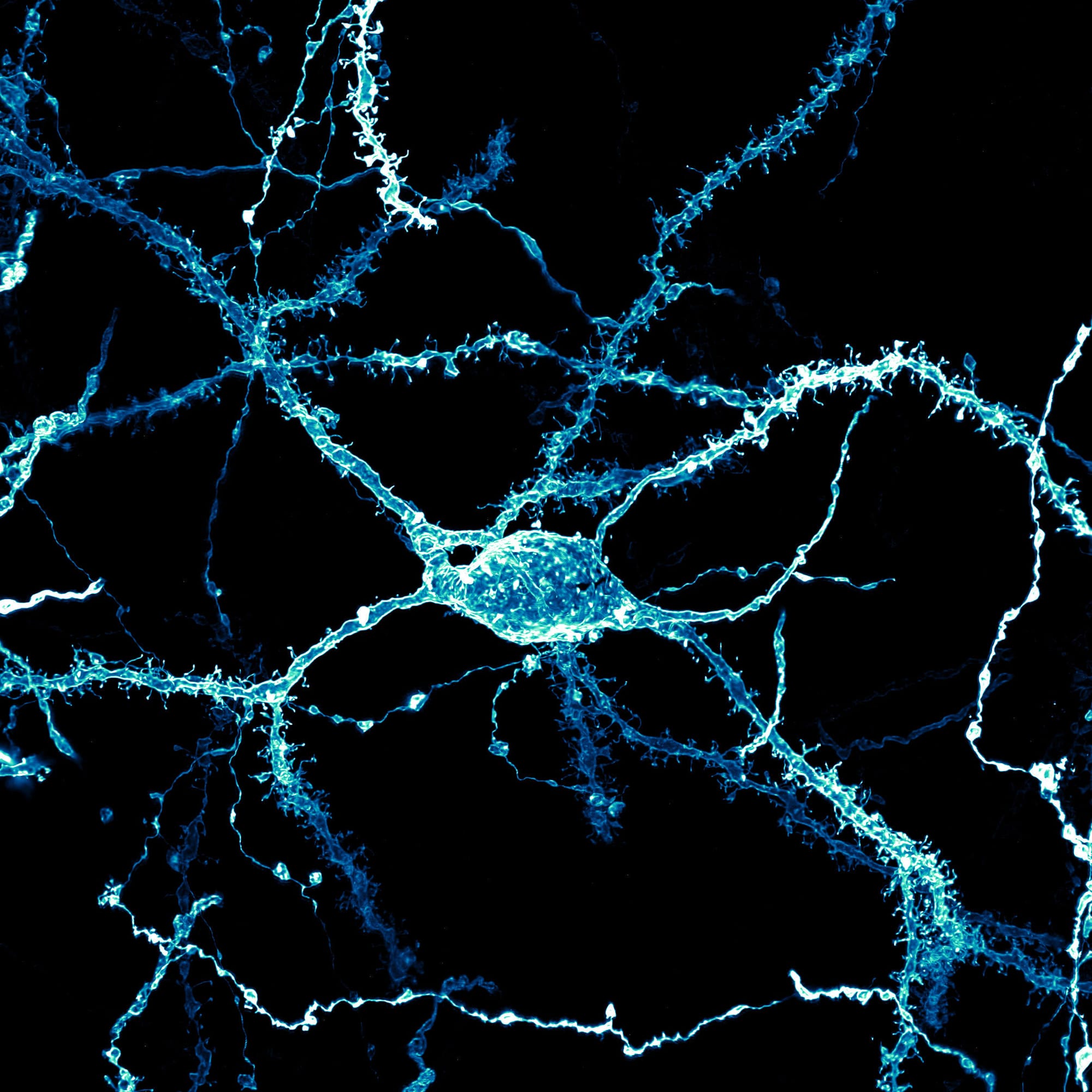





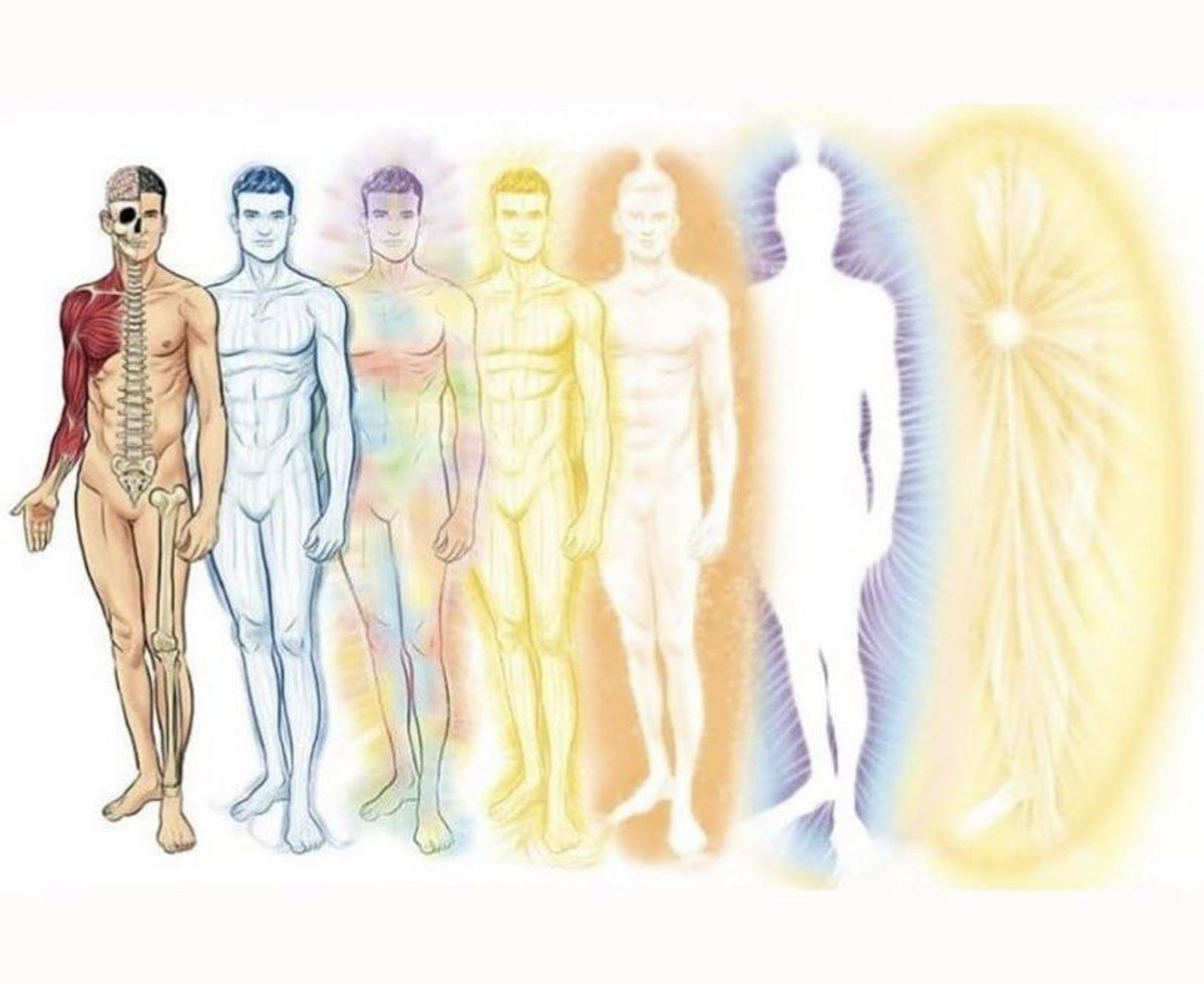



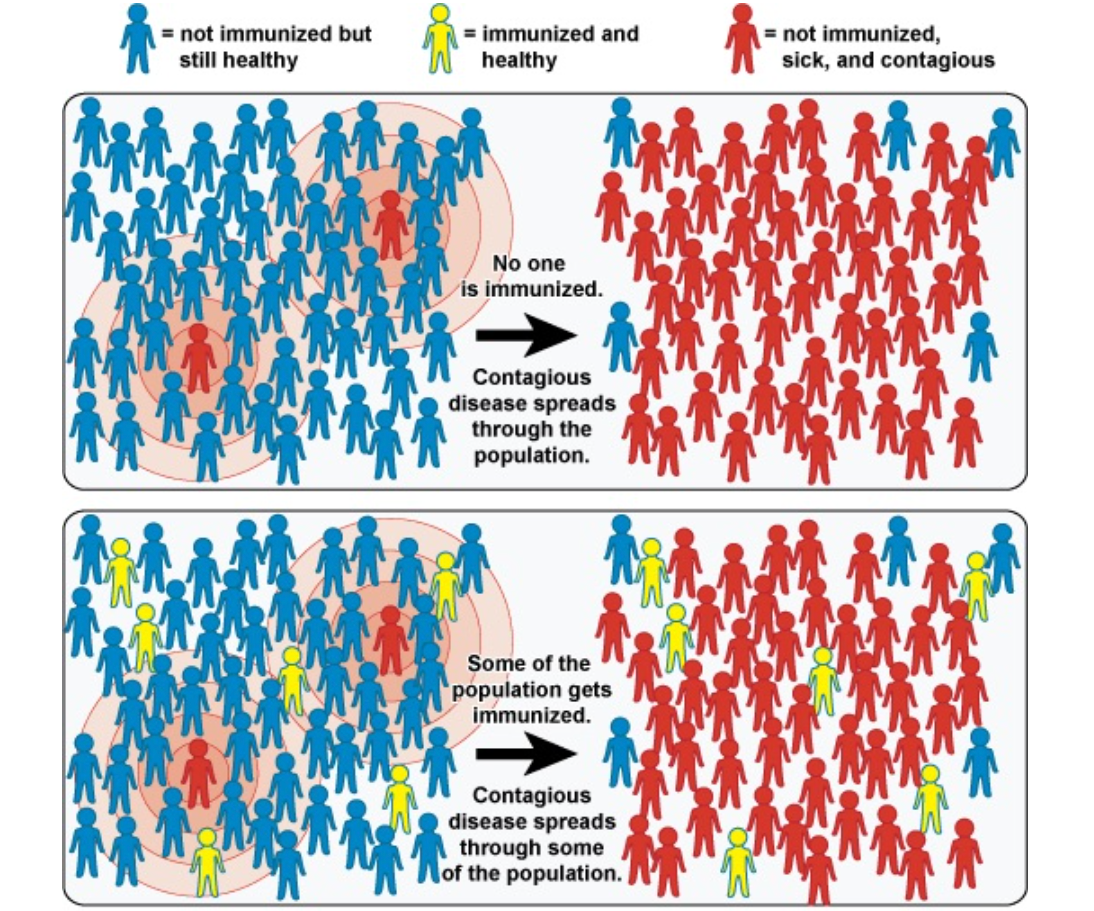
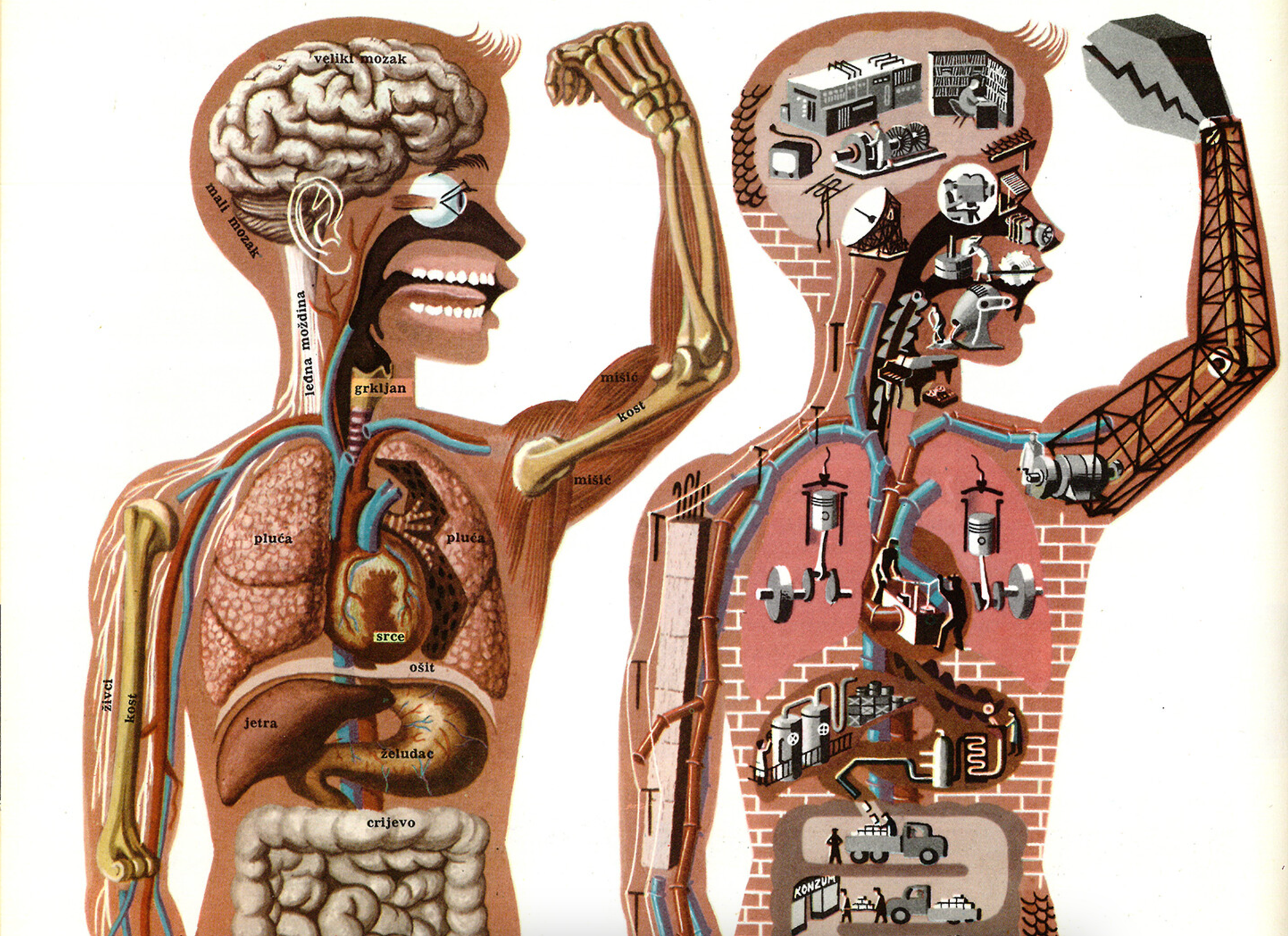

Discussion